Best of times and worst of times
It was a time of conflict. The Napoleonic war had already been in force for five years when on 29th June 1808, Abraham Louis Breguet sent watch no. 1297 to Recordon (his agent in London) for King George III of Great Britain. Given the state of relations between the two countries it is remarkable not only that the watch was ordered but that it was delivered at all. A naval blockade and a trading ban with the British had been declared. For the King to purchase a French watch during this period, given the resident talent of London watchmakers, speaks volumes of the regard in which Breguet was held overseas. The risk of sending such a valuable item between two warring countries must have been a significant concern since the chance of the watch being seized was a real possibility.
At the end of January 2021, the UK Government imposed an export bar on Breguet watch no 1297 after it was sold by Sotheby’s back in June 2020. While Caroline Dinenage MP, Minister for Digital, Culture, Media & Sport, cited reasons related to Royal provenance and public interest driven by the success of Bridgerton – a TV fictional “soft porn” account of Georgian Britain, the expert report submitted in support of the export bar concluded: “Its rarity makes it a great prize for a collector anywhere in the world but in a British public collection it relates particularly to the science and understanding of horology, time and measuring, as well as more broadly to the social and political history of Britain and Europe. Its loss from Britain would be a misfortune.”
A champion is needed to keep this piece of horological history on British soil. The price tag attached to this heroic act is £2.4million. The export bar is to allow a British buyer to come forward before 28th April 2021, although it can be extended to 28th September if suitable interest is shown, to offer the same price and keep the watch in the country. However, the true importance of the watch lies beyond past ownership as it is a definitive statement in the history of horology.
A champion is needed to keep this piece of horological history on British soil. The price tag attached to this heroic act is £2.4million…
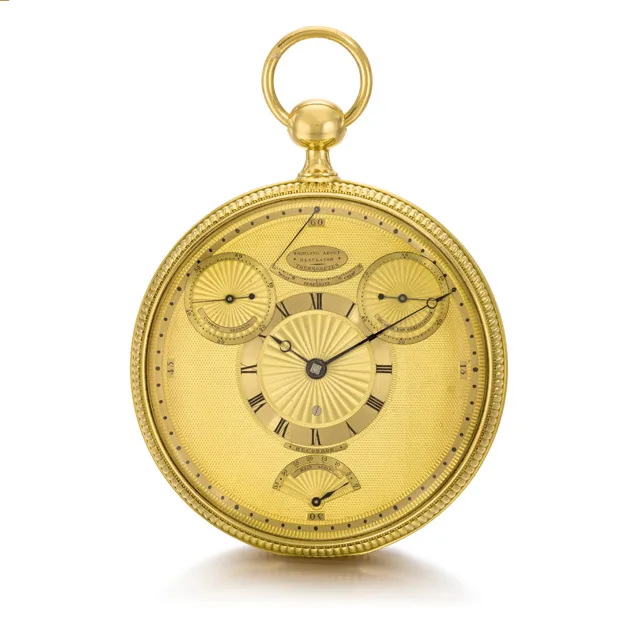
Sotheby’s sold the watch as part of their “The Collection of a Connoisseur 掌上的百年風華: 鐘錶及裝飾藝術收藏” in June 2020. Lot 28 hammered at £1.575 million. However, it is unclear to date as to whether the export bar applies to the watch sold at auction or if there has subsequently been a private sale to an overseas buyer. To retain it within the UK, the new buyer would have to pay £2 million plus the VAT bill of £400,000.
The parallels across time are uncanny: once again, the Breguet no. 1297 has been sold and bought by an overseas buyer of some prominence, with the usual problem of how to get the watch to its new owner; and whether the Government in power will allow it to leave the country.
The spring of hope
It was the reign of terror. Paris, August 1793, the party in power had taken to passing laws that would lock down the populace and restrict movement. Abraham Louis Breguet was on the run with his son and sister in law. Amidst the maelstrom of violence and recrimination, the former watchmaker to the French Court, previously a volunteer in the revolutionary army, friend of Marat, was fleeing to the safety of Geneva from the blood washed streets of his adopted Paris.
In the peaceful centre of the vortex, Breguet devised a mechanism and means to isolate the balance for a watch from forces acting upon it; the delicate beating heart of the movement would now be protected from the outside world by means of a rotating cage around it. Breguet called it “tourbillon”; French for whirlwind.
Breguet saved the life of his friend Marat by dressing him as an old woman and escorting him through the angry mob in the streets..

Among the library of horological complications that Breguet found solutions to, the tourbillon was arguably his greatest invention. According to George Daniels, he devised the tourbillon in 1795 whilst living in self-imposed exile in Switzerland, but it was not patented until 1801. Montres Breguet S.A. are celebrating 220 years of the tourbillon this year. Breguet made his first tourbillon watch (no. 22) in 1800.
His second tourbillon watch, numbered 169, was made in 1808 in homage to his friend and fellow English watchmaker John Arnold. This watch is now part of the British Museum collection. Both early tourbillon watches had rotating carriages of one-minute duration.
Despite the watch being engraved by “Recordon” of London, Breguet’s signature can be seen beneath the balance wheel.

After the first two, Breguet introduced a small series of tourbillon watches with their carriages rotating once every four minutes. The one sold by Sotheby’s back in June 2020, pocket watch no 1297, was from this series; it may well have been the first sold to the King of Great Britain. However, this timepiece is unique in terms of the series. It is the only one to have a dial in English and hence is labelled “Whirling About Regulator”, a literal translation from the French “Régulateur à Tourbillon” that accompanies other Breguet watches of this type.
It is the only one fitted with a Robin escapement with the tourbillon, making it one of a kind. It is also the only example from the group known to have the addition of a thermometer. Not surprisingly, the original price of FF4,800 was the highest figure paid for any of the watches from this series.
Tourbillon watches are, even today, difficult to manufacture. This is a unique watch by the very man who invented the complication two centuries ago. Independent of Royal provenance, the watch is important in terms of horology. Despite being the acknowledged expert on the subject matter, this watch was not known to George Daniels when he published his book: The Art of Breguet. Nonetheless, Daniels notes that this series of Breguet four-minute tourbillon watches follow the same basic design as no. 169, but that they are superior both in terms of their movement detail and by virtue of their larger yet slimmer size.
Breguet’s description of the tourbillon mechanism, which he started devising as early as 1795 and patented in 1801.

The Breguet certificate for no 1297 details that the case was decoratively engraved by Tavernier with a sunray design and the letters “G & R” accompanied with the crown of the King of England. Dial and movement are signed by Recordon. The only visual indication that the watch owes its production to Breguet is the signature located on the tourbillon carriage. Had the watch been inspected upon delivery to the King, it could easily have been an English-made watch.
A far better place
King George III had a known passion for horology. As a young man, watch work was made part of his education. Some of the notes that he made on the subject are part of the Royal Collection and were lent by Her Majesty the Queen to the 1955 Exhibition, Five Centuries of British Timekeeping, held at Goldsmiths’ Hall. The King was also the champion of Harrison before Parliament and the Board of Longitude.
Given the difficulties in transporting a watch from France to England at the time, it was probably the novelty of the new horological invention that was used to garner interest in his Majesty to order from Breguet. Recordon (the London agent) probably alerted the King to the fascinating new “whirling about regulator” that had recently been invented. The British monarch was a keen scientist and was known to be interested in scientific instruments. A tourbillon would have been a fascination. The watch enabled the precision timing of events while considering any variations due to temperature that could be recorded on its dial.
King George III
As with most Breguet watches of this type, the direct provenance from George III’s ownership until now is difficult to determine. The watch showed up under the possession of Malcolm Gardner when it was lent to the Five Centuries of British Timekeeping Exhibition (1955) as mentioned above. It was sold at a Sotheby’s auction 9th November 1999, lot 78. Since then it has been in a private collection. How it moved from the Royal collection to Mr Gardner is unknown.
King George III was passionate about horology. He even learnt watch work as part of his education.

Should the watch be retained in the UK it would be fitting to put such a masterpiece of horology on public display. There are two or three options within London. The Clockmakers Gallery at the Science Museum, the Clock and Watch Gallery at the British Museum and the Museum at the Royal Observatory at Greenwich are all worthy depositories.
The other Breguet
Like other Breguet watches that have recently been offered for auction in London, no. 1297 was part of a sale of other items and, irrespective of the price, there are the same questions over whether important works of art held by residents or Museums in a particular country should be allowed to sell and thus see that nation lose part of its cultural heritage.
Watches of this calibre (pun intended) are starting to become headline news. For the second time in six months Sotheby’s has included an important and prominent Breguet pocket watch in a sale of other items. The sale of Breguet pocket watches held at the LA Mayer Museum in October 2020 was halted once the Israeli President’s office was alerted to the auction. The legal implications have now reached all the way to the Israeli Supreme Court.
Why such prominent pieces should be included in catalogues that contain a wealth of other important art is difficult to determine or understand. Any of the unique Breguet pocket watches would normally headline a dedicated sale in horology rather than being part of a catalogue of collectibles, whether from a Museum or a private collection.

Sotheby’s presumably knew that they had a few prominent Breguet pocket watches coming up for sale. If so, it is difficult to see why they were not catalogued together for a dedicated auction. Within six months, Sotheby’s were selling a unique tourbillon pocket watch previously owned by George III and the unique resonance watch once owned by his son, the Prince Regent. The question is: why were the two watches not headlining the same sale?
While Breguet no. 1297 awaits its fate to see if it will leave the United Kingdom, there is also the question of where the Breguet no. 2788 currently resides. Given the expert report that justified the export bar on the Breguet tourbillon did so in terms of its uniqueness and horological importance, the same could justifiably be said of the resonance watch.
Words: Dr Andrew Hildreth







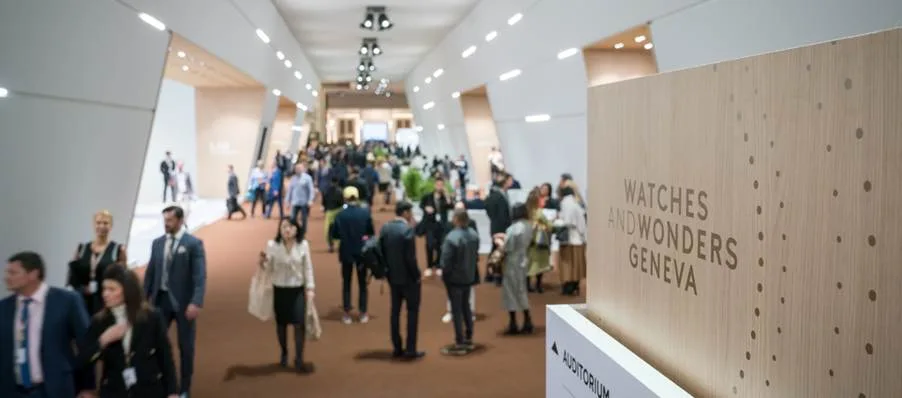
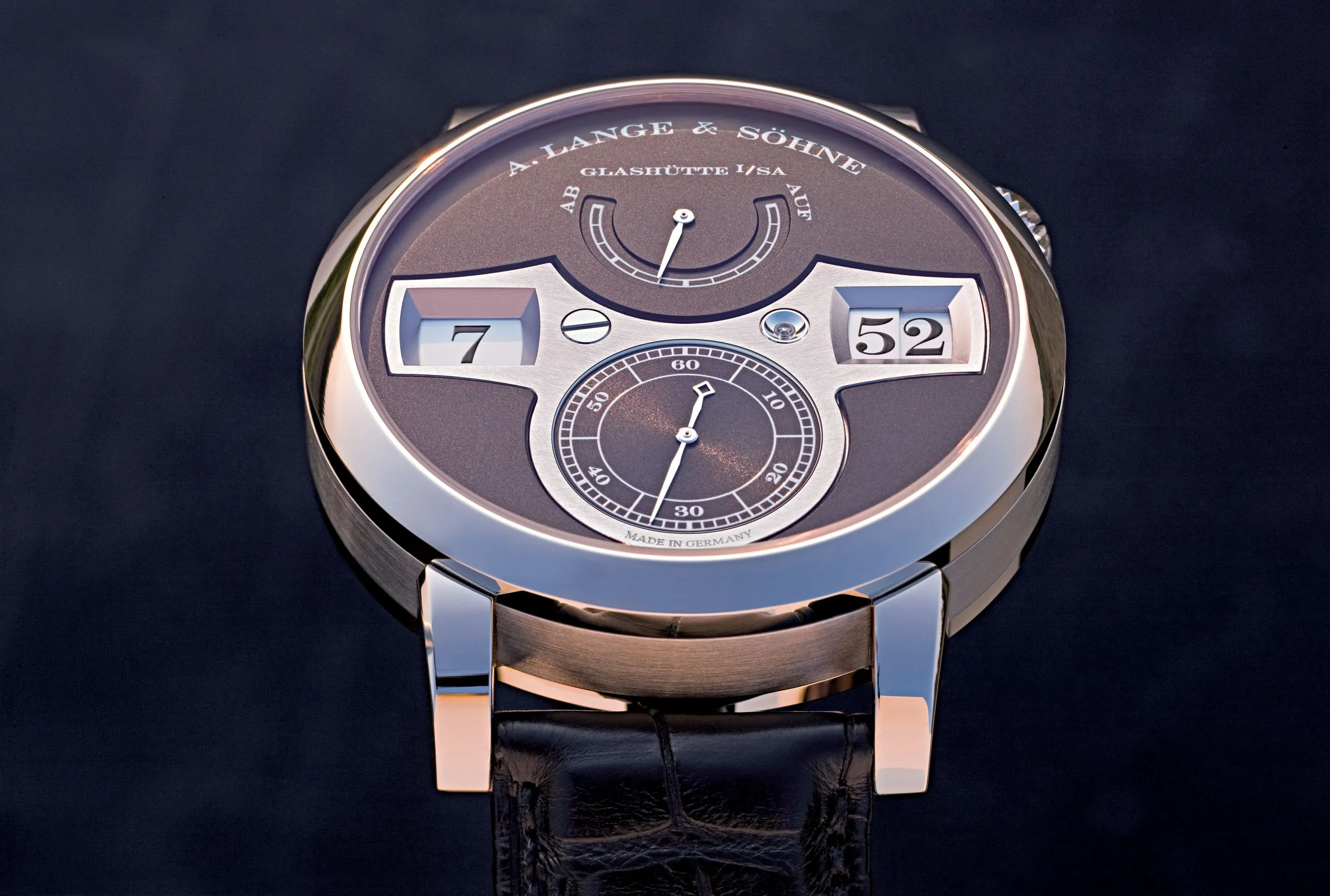
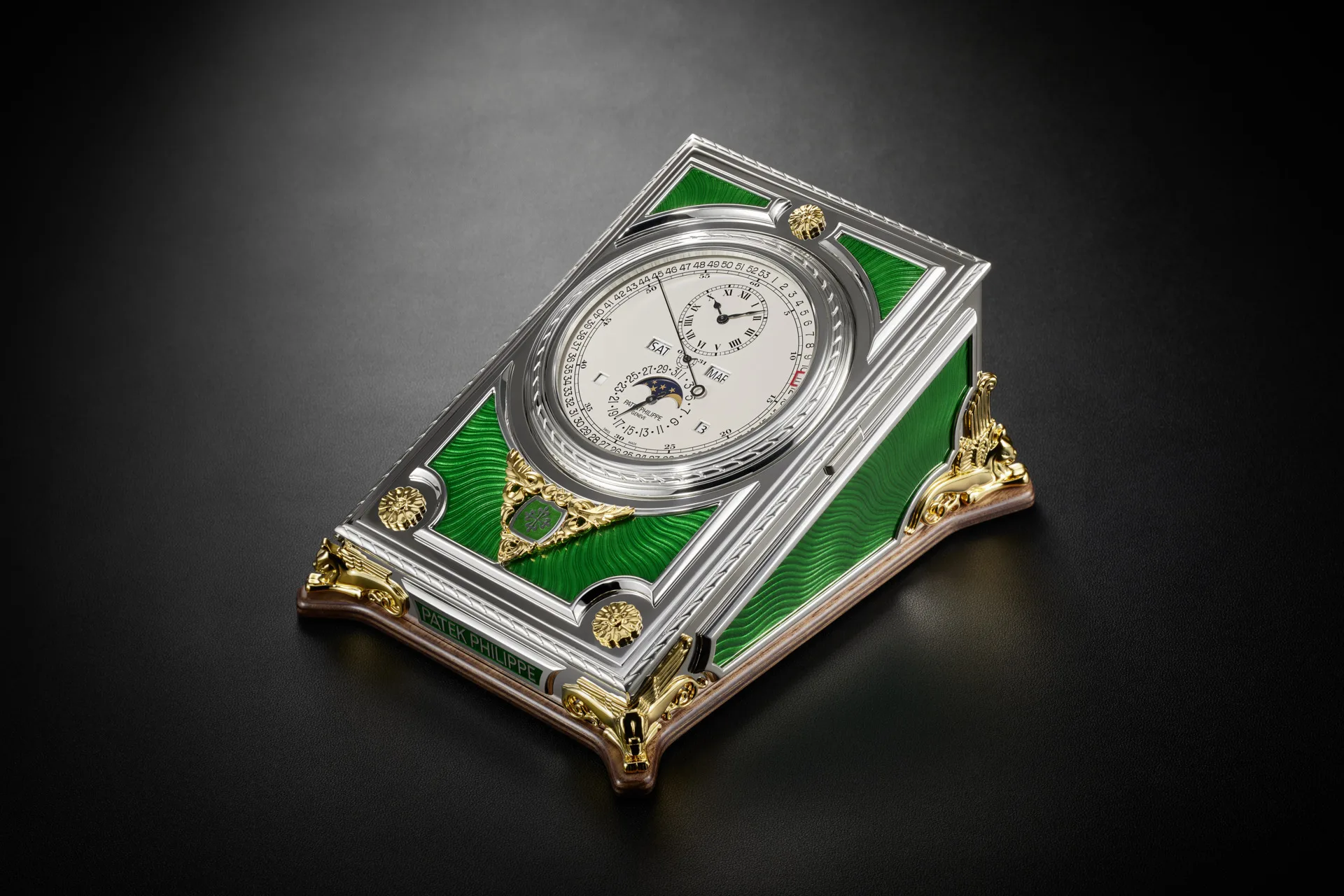


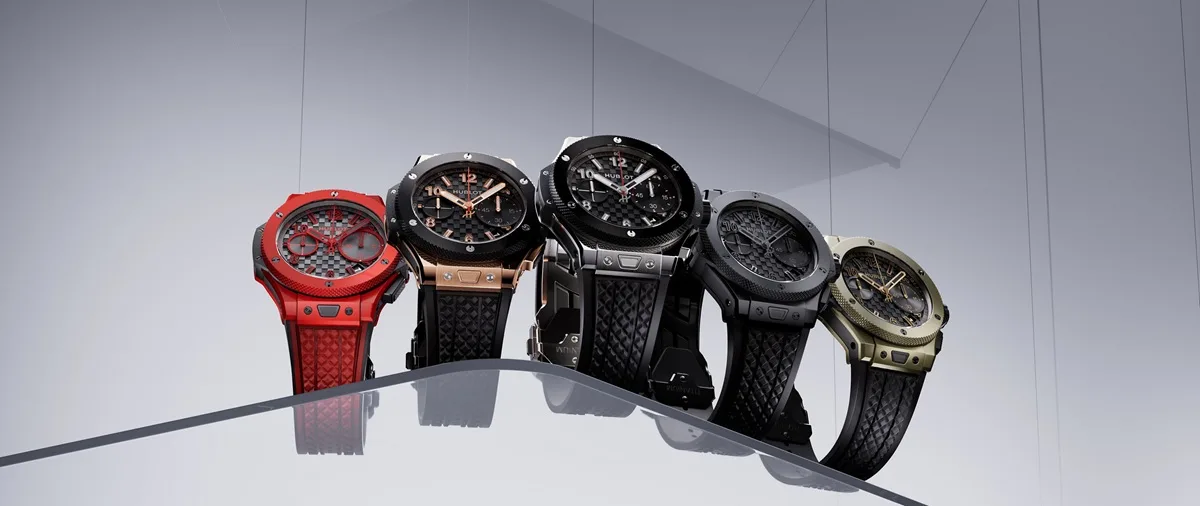
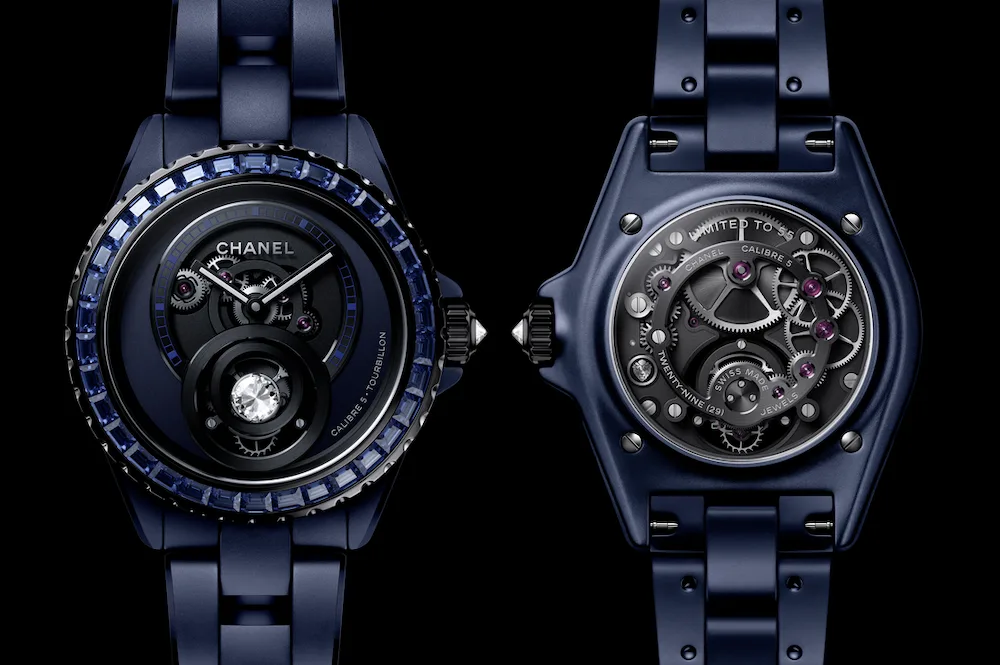



Show Comments +